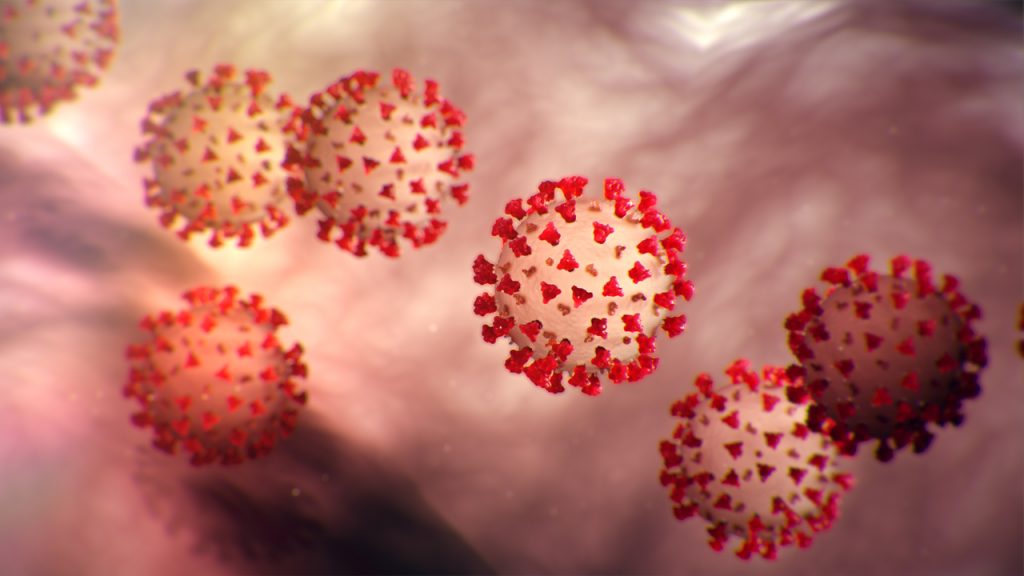
I have a doctorate, but I’m not a “doctor” in the way most of us think of the term. Nor am I a virologist or some other kind of medical researcher. For those reasons, I’m especially grateful when I come across articles that explain some of the science of what we’re all currently dealing with.
An article appearing at The Atlantic’s website today, by science writer Ed Yong, helps explain one of the most vexing questions about this novel coronavirus, officially known as SARS-CoV-2: Why, compared even to other coronaviruses, is it spreading so quickly?
The structure of the virus provides some clues about its success. In shape, it’s essentially a spiky ball. Those spikes recognize and stick to a protein called ACE2, which is found on the surface of our cells: This is the first step to an infection. The exact contours of SARS-CoV-2’s spikes allow it to stick far more strongly to ACE2 than SARS-classic did, and “it’s likely that this is really crucial for person-to-person transmission,” says Angela Rasmussen of Columbia University. In general terms, the tighter the bond, the less virus required to start an infection.
There’s another important feature. Coronavirus spikes consist of two connected halves, and the spike activates when those halves are separated; only then can the virus enter a host cell. In SARS-classic, this separation happens with some difficulty. But in SARS-CoV-2, the bridge that connects the two halves can be easily cut by an enzyme called furin, which is made by human cells and—crucially—is found across many tissues. “This is probably important for some of the really unusual things we see in this virus,” says Kristian Andersen of Scripps Research Translational Institute.
For example, most respiratory viruses tend to infect either the upper or lower airways. In general, an upper-respiratory infection spreads more easily, but tends to be milder, while a lower-respiratory infection is harder to transmit, but is more severe. SARS-CoV-2 seems to infect both upper and lower airways, perhaps because it can exploit the ubiquitous furin. This double whammy could also conceivably explain why the virus can spread between people before symptoms show up—a trait that has made it so difficult to control. Perhaps it transmits while still confined to the upper airways, before making its way deeper and causing severe symptoms. All of this is plausible but totally hypothetical; the virus was only discovered in January, and most of its biology is still a mystery.
I encourage you to read the whole thing. It is outstanding. Here’s the link to the article again.
And bonus science here: You can track the number of cases in your state in close to real time. With confidence ratings based on the transparency of your state’s response to the crisis.